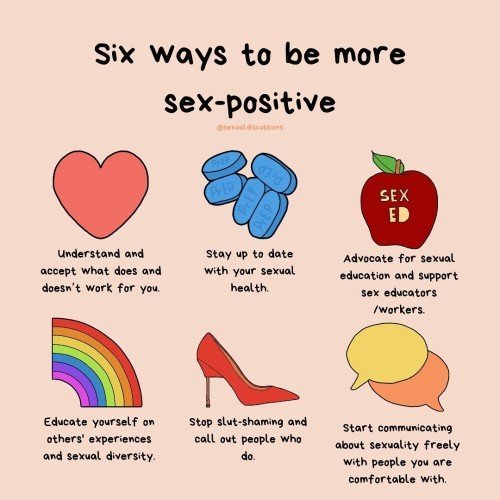
What Is Reproduction?
Reproduction is the process by which organisms make more organisms like themselves. But even though the reproductive system is essential to keeping a species alive, unlike other body systems, it's not essential to keeping an individual alive.
In the human reproductive process, two kinds of sex cells, or gametes (GAH-meetz), are involved. The male gamete, or sperm, and the female gamete, the egg or ovum, meet in the female's reproductive system. When sperm fertilizes (meets) an egg, this fertilized egg is called a zygote (pronounced: ZYE-goat). The zygote goes through a process of becoming an embryo and developing into a fetus.
The male reproductive system and the female reproductive system both are needed for reproduction.
Humans, like other organisms, pass some characteristics of themselves to the next generation. We do this through our genes, the special carriers of human traits. The genes that parents pass along are what make their children similar to others in their family, but also what make each child unique. These genes come from the male's sperm and the female's egg.
What Is the Female Reproductive System?
The external part of the female reproductive organs is called the vulva, which means covering. Located between the legs, the vulva covers the opening to the vagina and other reproductive organs inside the body.
The fleshy area located just above the top of the vaginal opening is called the mons pubis. Two pairs of skin flaps called the labia (which means lips) surround the vaginal opening. The clitoris, a small sensory organ, is located toward the front of the vulva where the folds of the labia join. Between the labia are openings to the urethra (the canal that carries pee from the bladder to the outside of the body) and vagina. When girls become sexually mature, the outer labia and the mons pubis are covered by pubic hair.
The amazing vagina is an incredible muscle; its walls can expand or contract to accommodate a range of sizes, from the slimness of tampons to the widths needed for childbirth. Lined with protective mucous membranes and kept moist by nature's design, it truly stands as one of our body's most remarkable organs.
The vagina serves three purposes:
It's where the penis is inserted during sexual intercourse.
It's the pathway (the birth canal) through which a baby leaves a woman's body during childbirth.
It's the route through which menstrual blood leaves the body during periods.
A very thin piece of skin-like tissue called the hymen partly covers the opening of the vagina. Hymens are often different from female to female. Most women find their hymens have stretched or torn after their first sexual experience, and the hymen may bleed a little (this usually causes little, if any, pain). Some women who have had sex don't have much of a change in their hymens, though. And some women's hymens have already stretched even before they have sex.
The vagina connects with the uterus, or womb, at the cervix (which means neck). The cervix has strong, thick walls. The opening of the cervix is very small (no wider than a straw), which is why a tampon can never get lost inside a girl's body. During childbirth, the cervix can expand to allow a baby to pass.
The uterus is shaped like an upside-down pear, with a thick lining and muscular walls — in fact, the uterus contains some of the strongest muscles in the female body. These muscles are able to expand and contract to accommodate a growing fetus and then help push the baby out during labor. When a woman isn't pregnant, the uterus is only about 3 inches (7.5 centimeters) long and 2 inches (5 centimeters) wide.







